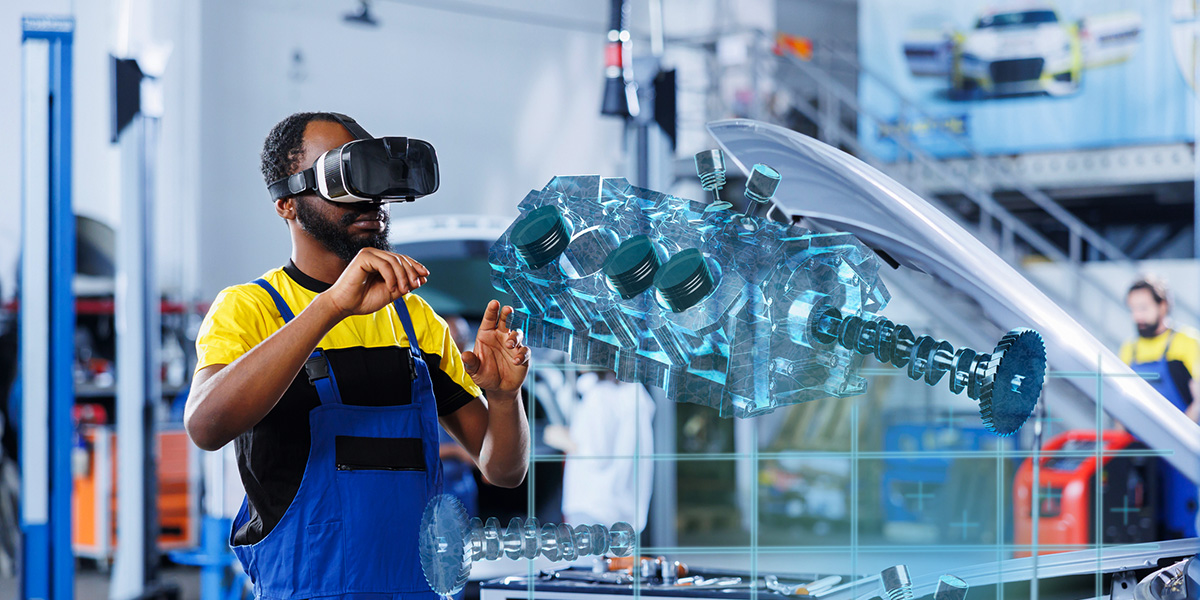Occupational safety and health is a discipline that balances both legislative and organizational priorities. As such, working as an occupational or workplace safety specialist or advocate requires a deep understanding of high-level regulatory frameworks and of granular-, industrial-, organizational-, and jobsite-level risks. This makes it an industry subject to constant change, and the coming year is no different. There have been and continue to be sweeping changes to the nature of the modern workplace as well as to key factors like the climate, legislative priorities and technology.
Workplace safety jobs are set to grow at a rate well above average in the coming years. Here are some of the key trends you might encounter in the coming year, as well as an analysis of how they might impact the workplace safety industry:
Climate Shocks and Extreme Weather
One of the most significant and challenging changes to the modern work environment is the prospect of dealing with more extreme weather patterns, dramatic shifts in temperature, and attendant shocks to supply chains, infrastructural damage, and other critical systems. The most widespread issues affect workers who are exposed to the elements, including those in the supply chain, agriculture, and construction, or who are required to spend large amounts of time outdoors. There is national and international pressure to adopt heat exposure standards, and better enforce access to cooled rest areas, and to drinking water. Even seemingly small changes, like a slight increase in rainfall, can lead to a higher rate of slips, trips and falls.
However, while it may not be as urgent, the long-term impacts of these changes are also poised to affect more than just workers directly exposed to weather. Climate change also means that regions will experience temperatures and weather events outside of the historical norms; for example, hurricanes reaching areas they hadn’t previously reached, or snowfall occurring more often in areas where it rarely had before. These long-term changes will be harder to predict, so it’s important for workplace safety specialists to proactively account for these risks and ensure that their organizations are empowering workers to protect themselves and each other.
Wearable Technology in Occupational Safety and Health
An exciting development in workplace safety is the rise of wearable technology. Tools like health-monitoring rings, augmented reality devices like smart glasses, and more sophisticated equipment can help workplace safety specialists track both organizational trends and identify repeated bad habits or risks. However, incorporating new technology is rarely straightforward and simple, and using wearable tech introduces its own risks. If sensors collect health data, that data falls into a category of privileged information, and may require significant compliance work to ensure it follows privacy laws. Additionally, workers may be skeptical or even resistant to technology used to monitor them. Workplace safety leaders who implement these tools will need to be prepared to address such concerns.
VR Training and Simulation
Another exciting but potentially challenging new development is the prospect of incorporating virtual reality and augmented reality tools into the workplace. These tools have the potential to allow workforces in all sorts of different environments to experience some of the pressures and situations they might face during an emergency or high-risk situation. Rather than employees relying on high-risk, on-the-job training, VR simulations act as an ideal stepping stone, preparing employees for uncommon workplace accidents in a situation that feels more realistic and dynamic than traditional drills or tabletop exercises.
Workplace safety managers will play a significant role in developing and refining these exercises, while assessing their short- and long-term impacts on safety. One of the potential downsides of VR training is the financial investment. Safety managers will play a major role in assessing whether these new tools are worth the expense.
Training and Education in Workplace Safety
As technology evolves and causes shifts in the industry, training and education will be crucial to ensure employees adapt and stay knowledgeable on best practices. CSU safety professor Dr. Patience Adagba was quoted in an article in Safety + Health Magazine about trends in training and education: “Well-structured training should be holistic, addressing cognitive and emotional factors to create a safer, more productive work environment.”
Current trends in workplace and occupational safety and health may require companies to assess their training techniques and incorporate a system for continuous sessions. Accessible and engaging content that resonates with workers while building community among them will make an impact.
Learn More About Workplace Safety at Columbia Southern University
It’s important to remain current on federal and state guidelines and the latest updates in workplace safety technology and training. If you are looking to get into the field of workplace safety and help advocate for workers to have a healthy and safe experience at work, our curriculum here at Columbia Southern University can help you get the insight you need.
Our online degree programs at CSU allow you to learn at a pace that works for you, expanding your base of knowledge course by course. If you’d like to learn more about how our process works, visit our programs page.
Multiple factors, including prior experience, geography and degree field, affect career outcomes. CSU does not guarantee a job, promotion, salary increase, eligibility for a position, or other career growth.






